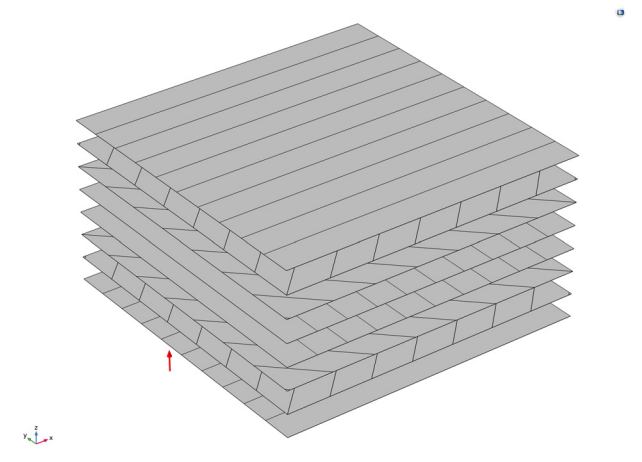
The New England area of the United States, particularly Maine, is known for a peculiar-looking delicacy: lobster. One of this crustacean’s more intriguing traits is its extremely strong yet flexible underbelly, which a group of researchers at the Massachusetts Institute of Technology (MIT) is using as inspiration for a new rendition of body armor.
At the Bottom of the Ocean Floor, Not the Food Chain
If you’ve ever had the pleasure of enjoying a boiled lobster dinner, you know that it can be a bit difficult to crack the claws and shells, as it often requires an intricate set of cracking mechanisms and other tools. This shell, which turns red or sometimes blue when cooked, protects the lobster from its underwater predators.

Flip a lobster upside-down and you’ll see that underneath the tail is a clear, thin-looking shell. It might look vulnerable and delicate, but it’s actually extremely strong, tough, and flexible. This thin layer shields the lobster’s body from sand, rocks, and shells as it crawls along the ocean floor, avoiding predators and those pesky lobster traps. However, it is also a notably flexible and stretchy membrane, as evidenced by the lobster’s ability to maneuver its tail every which way to fight off unwanted interactions.
This membrane, which is made up of a hydrogel that is 90% water and ~10% fibrous chitin, piqued the interest of a research group at MIT (who collaborated with researchers at Sichuan University and Harvard University) seeking to design a new form of military body armor that balances flexibility and protection. They published their research in the paper “Natural hydrogel in American lobster: A soft armor with high toughness and strength,” published in the April 2019 issue of Acta Biomaterialia. It is possible to perform such studies using COMSOL Multiphysics®, although the researchers discussed here might have used a different software.
Analyzing the Biomechanics of a Lobster Shell
The researchers first performed a variety of mechanical experiments on the flexible membrane. One interesting discovery was that the membrane could withstand both severe stretching and cuts (like from a grain of sand or a shell fragment) without any breakage.
Using electron microscopy to examine the membrane at extreme levels, the research group made another valuable find: The shell resembles plywood. The membrane, although totaling only a quarter of a millimeter in length, contained 10,000+ layers of the chitin material. The chitin fibers in each single layer were angled 36 degrees from the layer above. This specific composite makeup causes the membrane to be exceptionally strong, while the plethora of water it absorbs contributes to its shocking flexibility.
Aside from new-and-improved body armor, the research group predicted that looking into the lobster belly membrane could pave the way for innovations in soft robotics and bioengineering.

One potential way to investigate layered structures such as a lobster’s chitin membrane is by using composite materials modeling.
Further Reading
- Learn more about the lobster shell research in this article from MIT News: “Lobster’s underbelly is as tough as industrial rubber“
- Get an introduction to composite materials modeling



Comments (0)